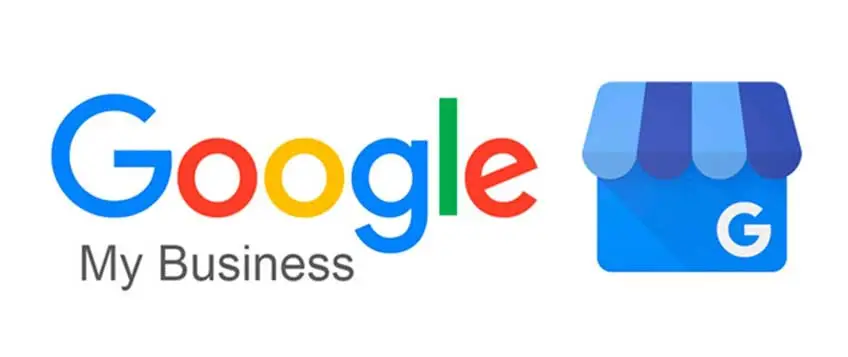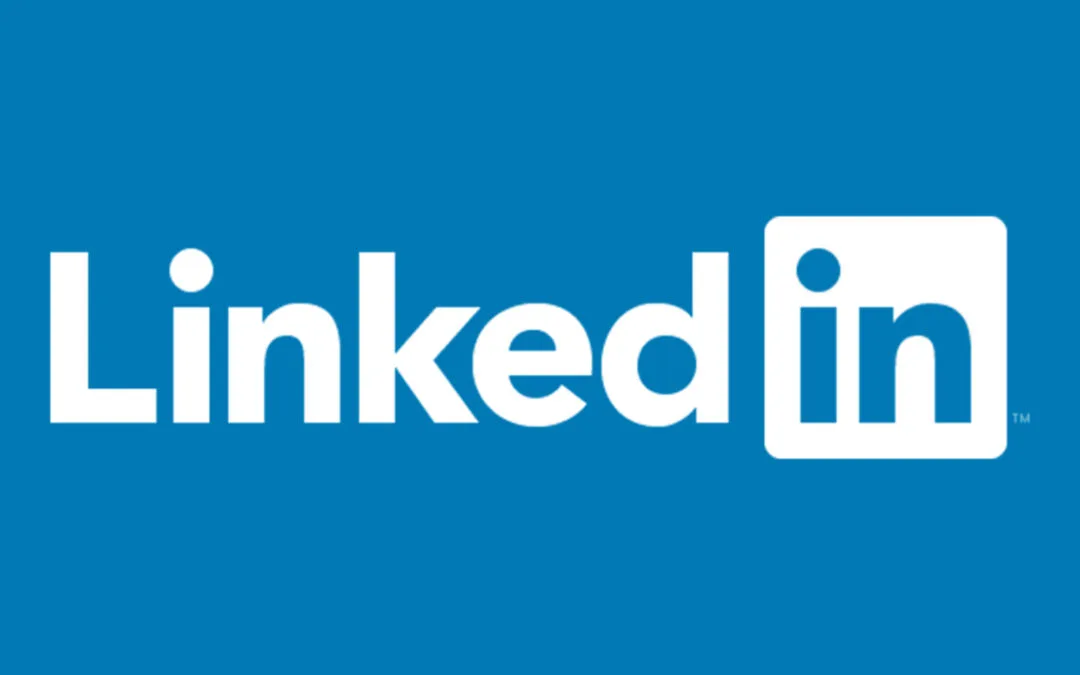From obtaining certifications and equipment to finding clients and building a strong reputation, this guide covers everything you need to know to start your own successful welding business in 2023.
A few good reasons to become a freelance welder in 2023.
Freelance welding can be a rewarding career choice for those who are skilled in welding and enjoy working on a variety of projects. Here are some good reasons to consider becoming a freelance welder in 2023: 1. Flexibility: As a freelance welder, you have the freedom to choose which projects you take on and when you work. This allows you to create your own schedule and work at your own pace, which can be especially appealing if you value flexibility and independence in your career. 2. Variety: Freelance welding allows you to work on a variety of projects, which can help keep your work interesting and prevent boredom. You can choose to specialize in a particular type of welding or work on a range of projects to keep things fresh and challenging. 3. Control over your income: As a freelance welder, you have the ability to negotiate your rates and take on as much or as little work as you want. This allows you to have greater control over your income and potentially earn more money than you would as a salaried employee. 4. Opportunities for growth: Freelance welding allows you to take on new challenges and learn new skills, which can help you grow as a welder and advance in your career. You can also build your own client base and potentially start your own welding business if you desire. 5. Sense of accomplishment: Freelance welding allows you to see the fruits of your labor firsthand, as you work on projects from start to finish. This can provide a sense of accomplishment and pride in your work, which can be particularly rewarding. Overall, becoming a freelance welder in 2023 can offer a variety of benefits, including flexibility, variety, control over your income, opportunities for growth, and a sense of accomplishment. If you are skilled in welding and enjoy working on a variety of projects, freelance welding may be a good career choice for you.

How to create a Google My Business for my welding business?
Google My Business is a free tool that allows businesses to manage their online presence across Google, including search and maps. By creating a Google My Business account, you can easily update your business information, interact with customers, and see how your business is performing on Google. Here's how to create a Google My Business account: 1. Go to the Google My Business website and click on the "Start now" button. 2. Enter your business name and address. If your business has multiple locations, you can add them all at once by clicking on the "Add another location" button. 3. Choose the category that best describes your business. This helps Google understand what your business does and makes it easier for customers to find you. 4. Verify your business. Google will send a postcard to your business address with a verification code. Enter the code in the Google My Business dashboard to verify your business. 5. Add your business information. Once your business is verified, you can add more information about your business, such as your hours of operation, contact information, and a description of your products or services. You can also add photos and videos to help customers get a better idea of what your business is all about. 6. Interact with customers. Google My Business allows you to respond to reviews and messages from customers. This is a great way to show that you value your customers and are willing to help them out. By following these steps, you can create a Google My Business account and start managing your online presence on Google. This will help you reach more customers and grow your business.
Here is a list of tools that you may need to buy to start welding:
1. Welding machine: You will need a welding machine that is suitable for the type of welding you plan to do. There are several types of welding machines, including stick welders, MIG welders, TIG welders, and flux-cored arc welders, each of which is best suited for different types of welding. 2. Welding helmet: A welding helmet is essential for protecting your face and eyes from the bright light and heat generated during welding. Look for a helmet with a high-quality lens that provides good visibility and is suitable for the type of welding you will be doing. 3. Welding gloves: Welding gloves are important for protecting your hands from the heat and sparks generated during welding. Look for gloves made from high-quality materials that are comfortable to wear and provide good dexterity. 4. Welding jacket: A welding jacket is designed to protect your upper body from the heat and sparks generated during welding. Look for a jacket made from flame-resistant materials that is comfortable to wear and provides good coverage. 5. Welding rod: Welding rods are used to provide the filler material needed for welding. The type of welding rod you need will depend on the type of welding you are doing and the material you are welding. 6. Welding clamps: Welding clamps are used to hold pieces of metal in place while welding. Look for clamps that are sturdy and easy to use, and that can hold the materials you will be welding securely. 7. Chipping hammer: A chipping hammer is used to remove slag (the solidified material that forms on the surface of a weld) from the surface of a weld. Look for a hammer with a durable handle and a good grip. 8. Wire brush: A wire brush is used to clean the surface of metal before welding. Look for a brush with sturdy bristles and a comfortable handle. This is just a basic list of tools that you may need to start welding. Depending on the type of welding you will be doing, you may need other specialized tools as well.

How a craftsman can use Linkedin to create a professional network?
As a craftsman, LinkedIn can be a valuable tool for building a professional network and promoting your skills and services. Personally, I live in France and the mechanisms are similar to someone who lives in the USA or elsewhere. Here, we have a temporary work system called "Interim". Basically we go to agencies, which find us work, a bit like a freelance platform. I systematically refused all offers of a permanent contract with a company, but I did get a job with every assignment. I gave the best of myself and when I left the company. I added on Linkedin the production manager and the workshop manager to build my network. Here are some tips on how to use LinkedIn effectively as a craftsman: 1. Set up a professional LinkedIn profile. Start by creating a LinkedIn profile that showcases your craftsman skills and experience. Add a clear and professional profile photo, and include a summary that highlights your expertise and accomplishments. 2. Connect with other professionals. LinkedIn is a great platform for connecting with other professionals in your industry. Use the search bar to find and connect with other craftsmen, as well as professionals in related fields who may be interested in your services. 3. Join relevant LinkedIn groups. There are likely a number of LinkedIn groups related to your field of expertise. Joining these groups can help you stay up-to-date on industry news and trends, as well as connect with potential clients and partners. 4. Share your work and achievements. Use LinkedIn to showcase your work and achievements as a craftsman. You can post updates about your latest projects, share photos of your work, and highlight any awards or recognitions you have received. 5. Participate in industry discussions. LinkedIn is a great platform for engaging in industry discussions and sharing your insights and expertise. Join relevant LinkedIn groups and participate in discussions, or start your own discussion and see what insights your connections have to offer. By following these tips, you can use LinkedIn to build a professional network and promote your craftsman skills and services. This can help you find new clients, grow your business, and stay connected with other professionals in your industry.
